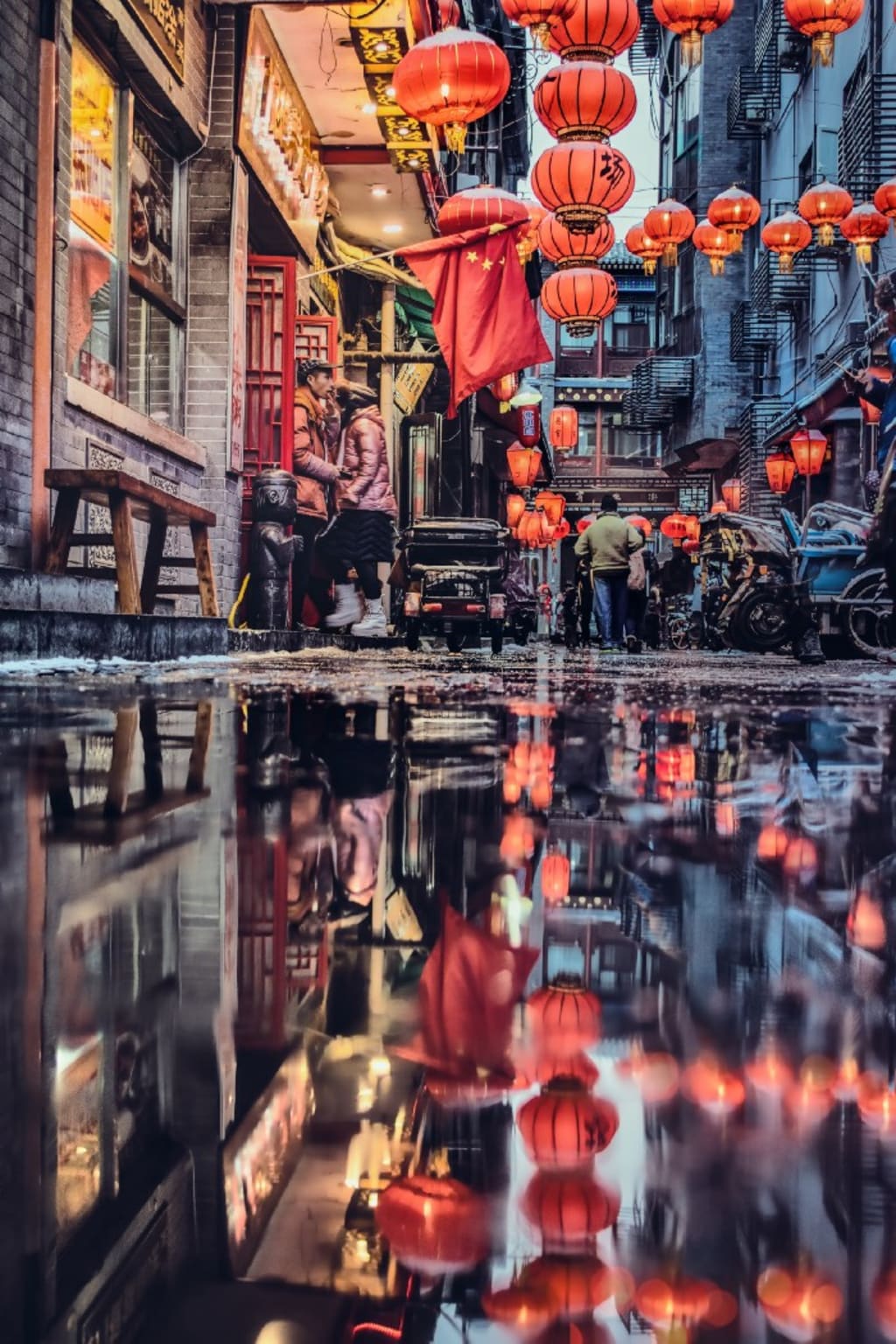Chinese Art In The Modern World
Stunningly Fascinating

I like the fact that in Chinese art the great painters always included a deliberate flaw in their work: human creation is never perfect.
— Madeleine L’Engle
Almost every word holds a specific connotation or meaning to us. When I hear the word China, I think about my favorite animal, the Panda, or I think about where most of my earthly possessions are manufactured. Or the Great Wall of China, or maybe even Kung Fu fighting.

But the more you look into Chinese culture the more interesting it becomes.
Specifically Chinese art.
According to an article written by the Cambridge University Press done in 2016, until recently contemporary Chinese art was viewed as a controversial subject and was not widely recognized. But in later years, “ modern Chinese art has started to emerge as an intellectually respectable and aesthetically rewarding field of study”.
Contemporary Chinese art is more than just paint placed on paper in an eye-catching or rewarding way, it captures the feelings and beliefs held by the painters during that specific time period. Until the late 1970 and Deng Xiaoping’s modernizing policies, there weren’t many opportunities to learn about art from around the world. Along with these policies and Socialist Realism emerged and a profusion of different styles and tendencies quickly appeared.
The Stars Group, which included Ai Weiwei, produced works spanning several different Western avant-garde styles, while the Xiamen Dada group created enigmatic works that subverted the logic of modernization.
Then the ’85 New Wave exhibition happened between 1985 and 1989 that reacted to Socialist Realism dominating Chinese art. Xiao Lu shooting a bullet through her own sculpture caused the movement to be shut down by the state. Political Pop and Cynical Realism, as well as the performance-oriented East Village movement ascended in Beijing also engaged in sharp cultural critiques. More recent movements include the Post-70s Ego Generation, which consists of young artists raised under China’s One-Child policy.
Modern Chinese art got its first major dose of international attention when Princess Diana showed up at the 1995 Venice Biennial, which featured several Chinese artists. Collector and fashion designer David Tang, the one who got the princess to come, later told Vanity Fair magazine, “I got the most famous person in the world to come and give us a lift, If this doesn’t succeed, nothing will.”
“Internationally it is reckoned that China has overtaken France as the world’s third-largest art market after the US and Britain, with a painting by Cai Guo-Qiang fetching $US8.5 million ($8.88 million), a record for a contemporary Chinese work. ArtPrice’s list of 100 living artists whose works sell for more than $1million includes 35 Chinese. Five years ago, only Cai made the list.”
Today, Chinese art is still something that intrigues collectors from around the world. The demand for the expressive and original art from this part of the world continues to climb. Both Chinese and foreign buyers are snapping up works by Chinese artists. Galleries, auction houses, private museums, and studios are opening up all the time in Beijing and Shanghai. More than 50 art auction houses and a number of new galleries opened up in Beijing alone in the mid-2000s. Sotheby’s has organized a sale totally of Chinese contemporary art.
At the infamous K11 hotel you can shop for art while staying the night holds a price tag ranging from $500 to $1,200 for one night.
The beauty of Chinese art is in the way the artist expresses themself through the painting or drawing. Sometimes forming his thoughts on political struggles, other times featuring their personal struggle. Each painter creates his art to speak. Some specialists insist each painting has something to say to you. The more you come back to it, the more you will enjoy the conversation.
About the Creator
Anna klawitter
Passionate about words and constantly improving.






Comments
There are no comments for this story
Be the first to respond and start the conversation.